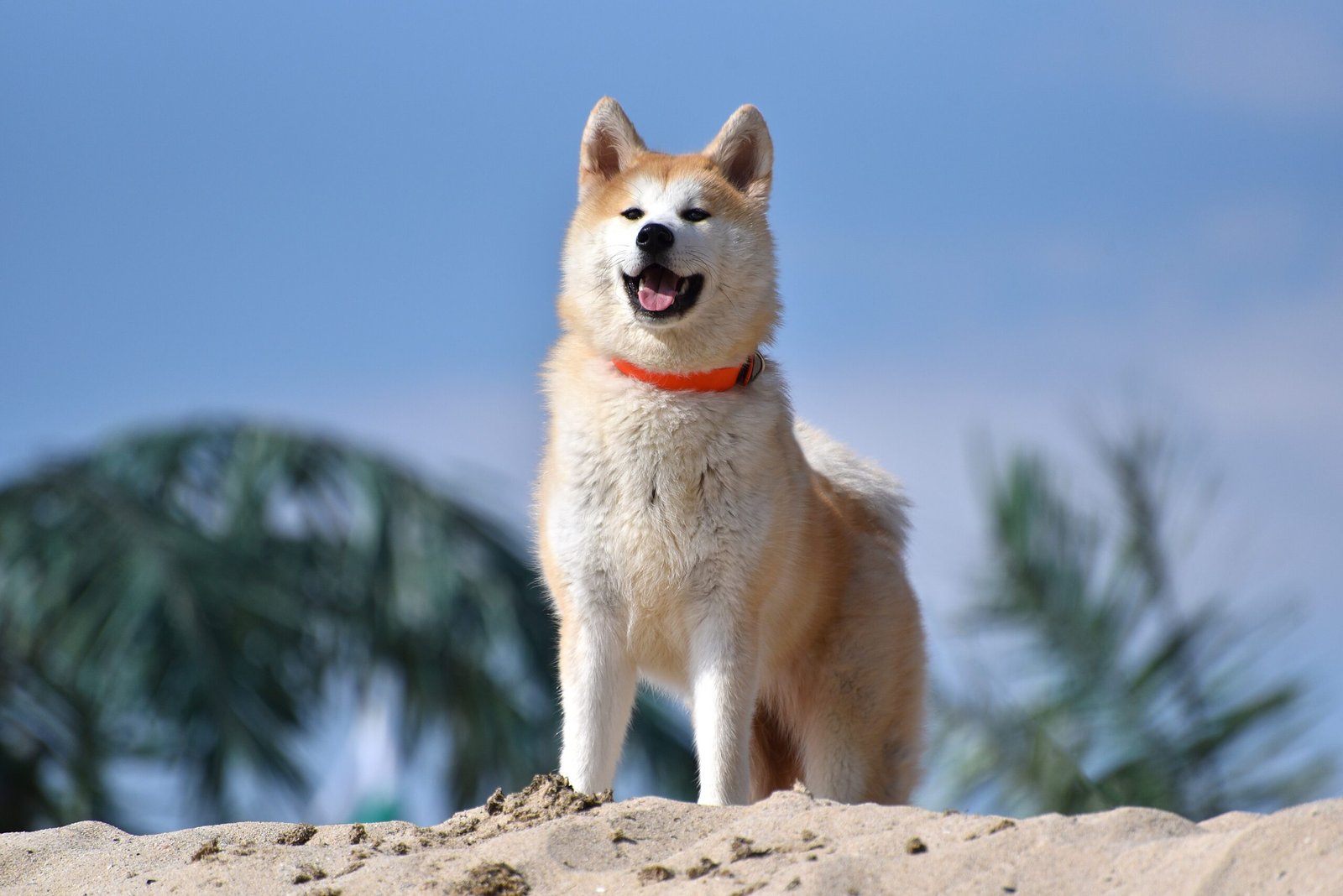Have you ever gazed into the soft, soulful eyes of a calm-looking dog and thought, “Wow, what a peaceful pup”? Many dog lovers fall for those gentle looks, only to discover their new companion comes with a suitcase full of surprises. It’s a shocking truth: some of the breeds people think are the easiest to handle can be the most demanding behind closed doors. Their quiet, unassuming nature in public hides a whirlwind of behavioral quirks at home. Whether it’s separation anxiety or an unexpected stubborn streak, these breeds remind us that appearances can be oh-so-deceiving. Let’s dive into the fascinating world of ten dog breeds that seem calm but can challenge even seasoned dog owners.
Basset Hound
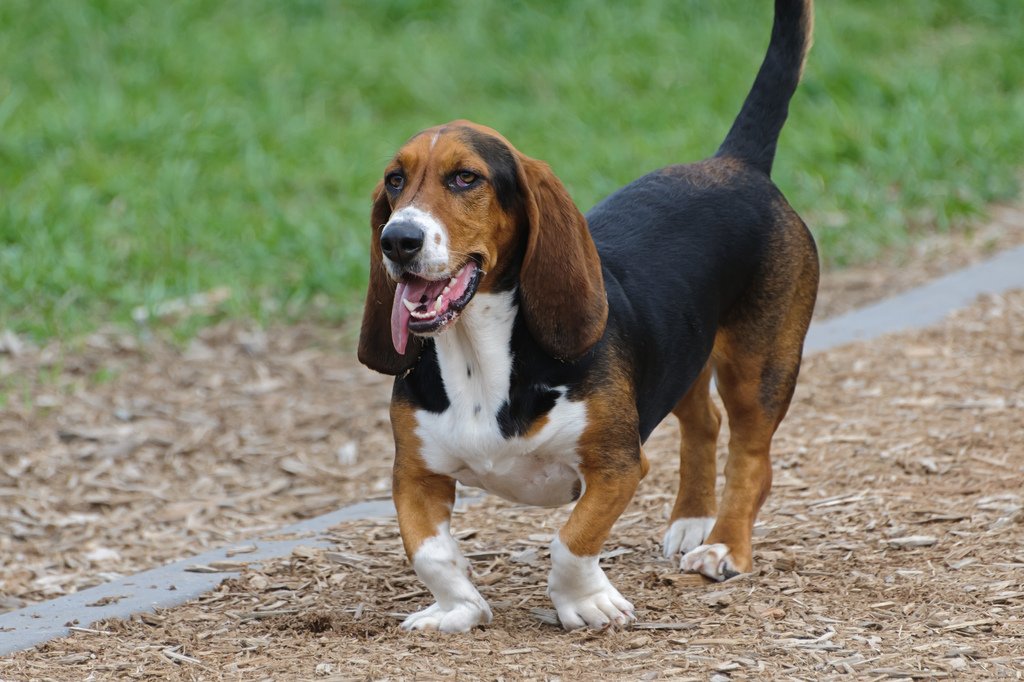
With their droopy eyes and laid-back vibe, Basset Hounds look like the picture of canine chill. They’re often seen relaxing on the couch, giving off an air of total ease. However, don’t let their lazy demeanor fool you. Basset Hounds are notorious for being stubborn and difficult to train. If they pick up an interesting scent, that nose will lead them anywhere—ignoring your calls entirely.
Basset Hounds can also be quite vocal, sometimes howling for hours if they’re bored or left alone. Their independent streak makes them prone to selective hearing, especially when you’re trying to teach them new commands. Living with a Basset Hound means making peace with their unique brand of independence and learning to outsmart their stubbornness—often with a good sense of humor.
Shih Tzu
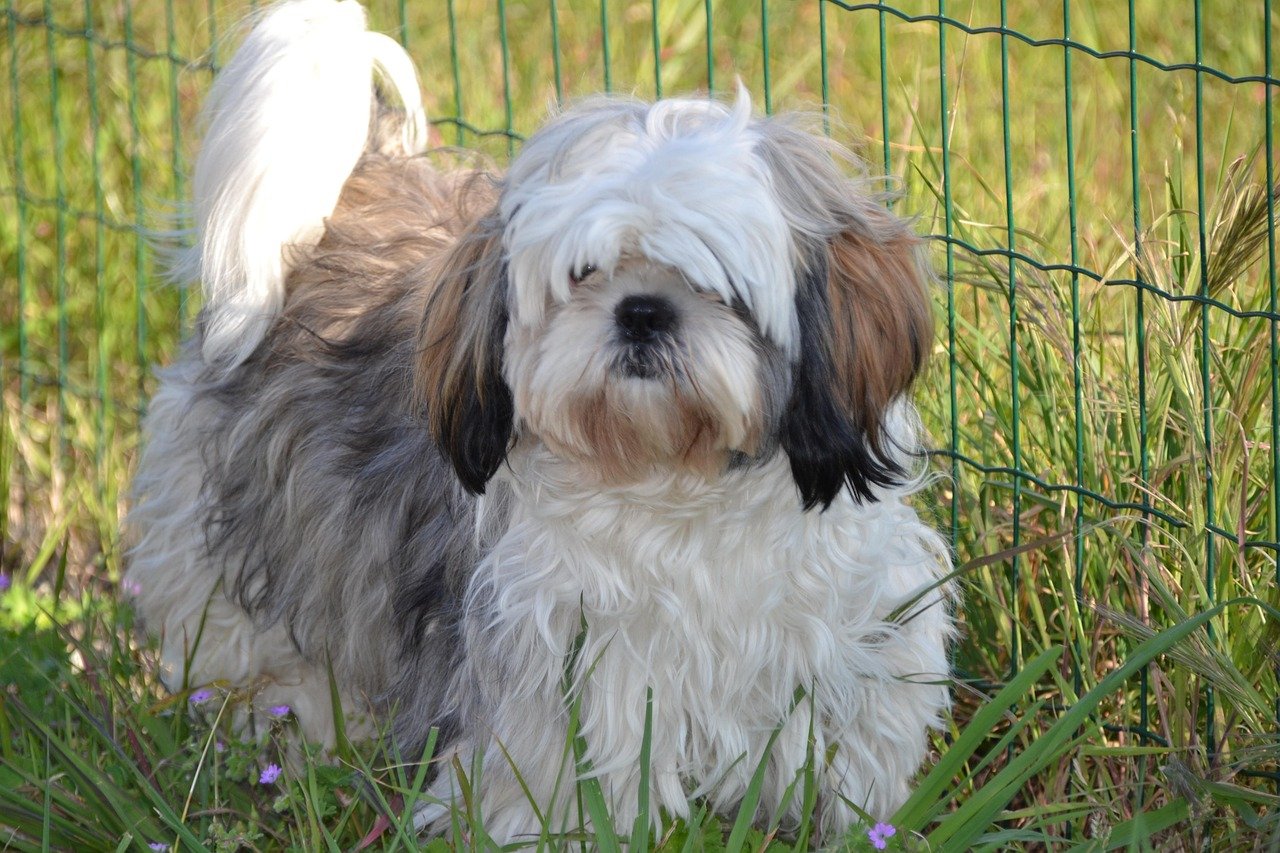
The Shih Tzu is often described as a calm lap dog, perfect for apartment living. Their fluffy coat and sweet expression make them look like little angels. But behind that royal exterior lies a breed known for being surprisingly headstrong. Shih Tzus can be quite manipulative, using their cuteness to get what they want and ignoring rules they don’t like.
Training a Shih Tzu requires incredible patience. They are quick to pick up bad habits if they’re allowed to get away with them, and their stubbornness can make housebreaking a long process. They also tend to be picky eaters, adding another layer of challenge for their owners. Don’t be fooled by their size—these little dogs have big personalities and even bigger opinions.
Chow Chow
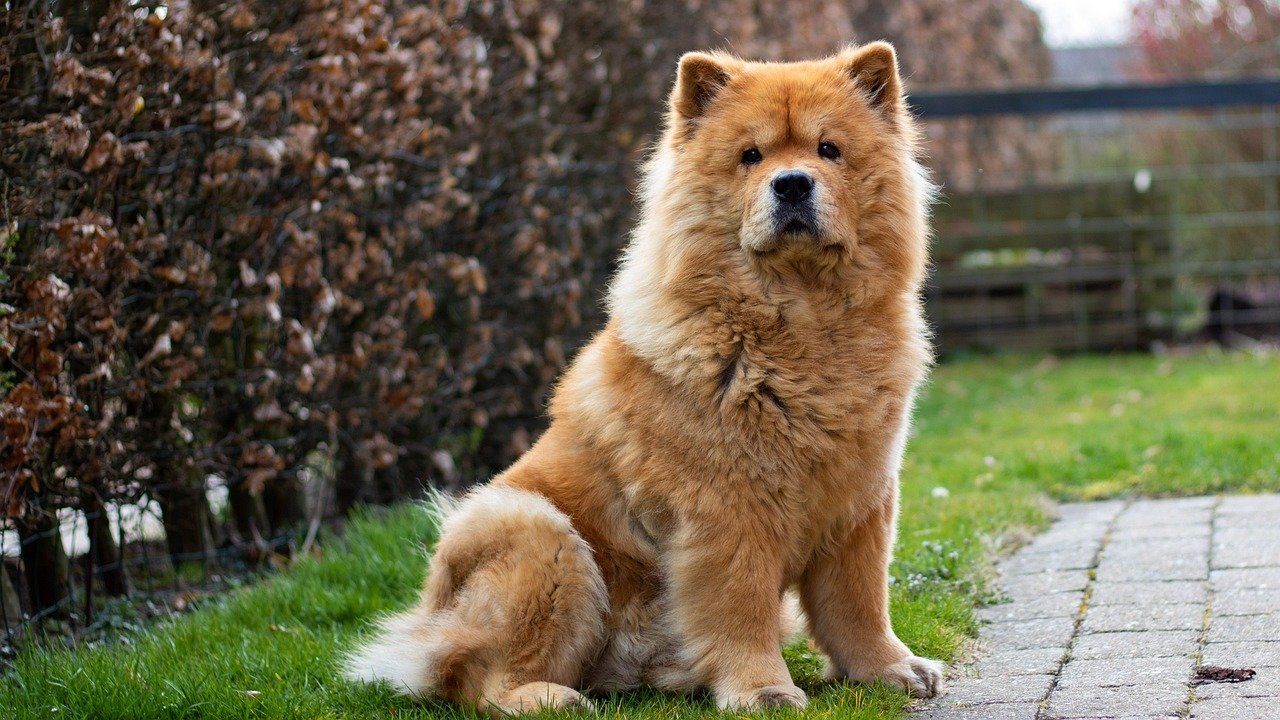
At first glance, a Chow Chow seems like a calm, fluffy teddy bear. They carry themselves with a regal calmness and rarely make a fuss in public. But behind closed doors, Chow Chows can be fiercely independent and highly territorial. They are known for being aloof, and sometimes even grumpy, especially with strangers or other pets.
Chow Chows are also stubborn to the core. Their independent spirit makes them resistant to training, and they don’t always respond to praise or treats. Socialization is crucial to prevent aggressive tendencies, but it can be a daunting task. Owners often need to earn their respect, and with a Chow Chow, that’s never guaranteed.
Great Pyrenees
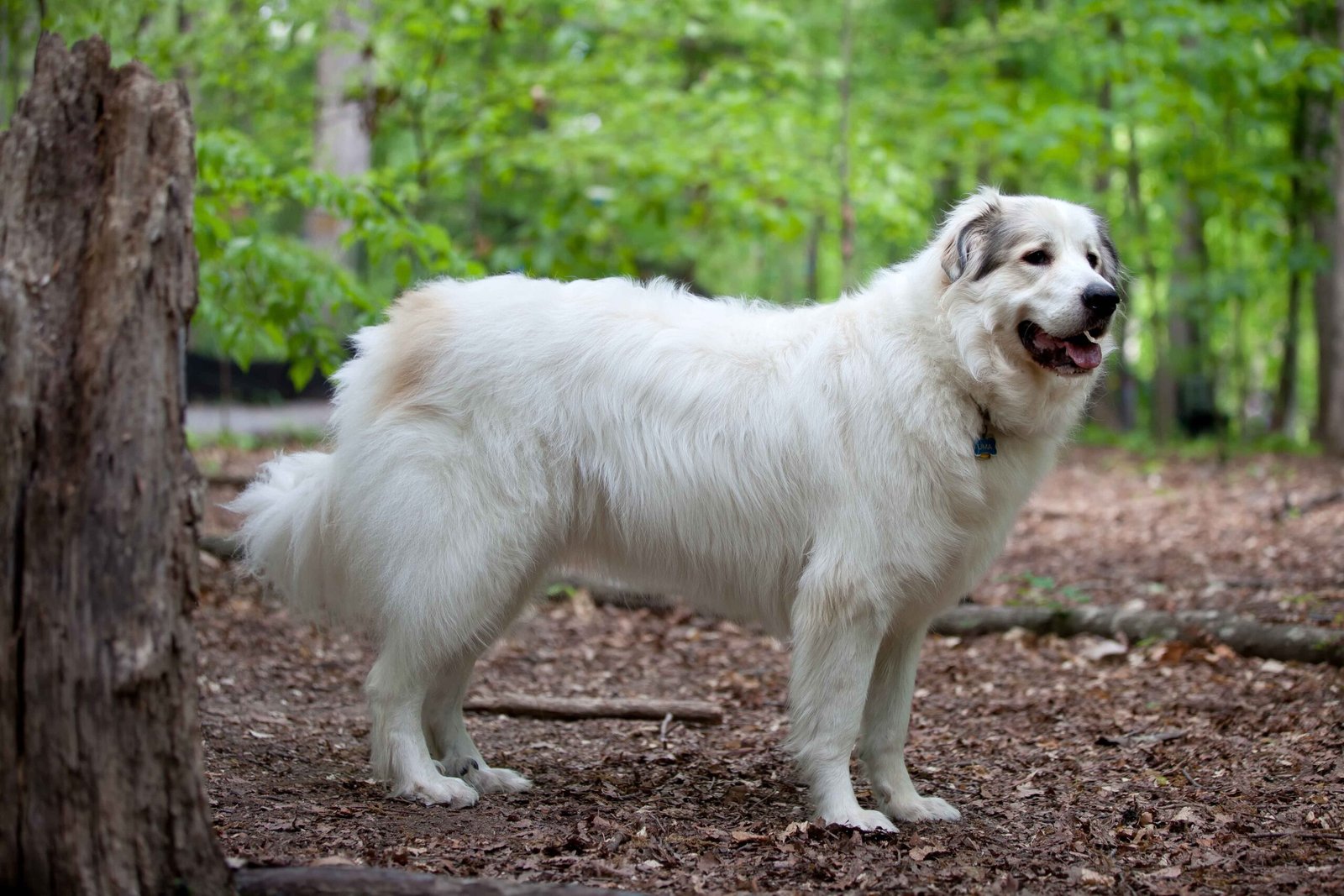
The majestic Great Pyrenees is often described as calm, gentle, and loyal. They watch over their families with a serene presence, rarely showing signs of agitation. However, this calmness can hide a fiercely independent and protective nature. Bred as livestock guardians, Great Pyrenees are wired to make decisions on their own, which can translate into stubborn defiance at home.
Training a Great Pyrenees calls for creativity and consistency. They are notorious for wandering off, ignoring commands, and barking at anything they perceive as a threat. Without enough mental stimulation, they can become destructive or anxious. Their impressive size only adds to the challenge, making them a handful for even experienced dog owners.
Akita
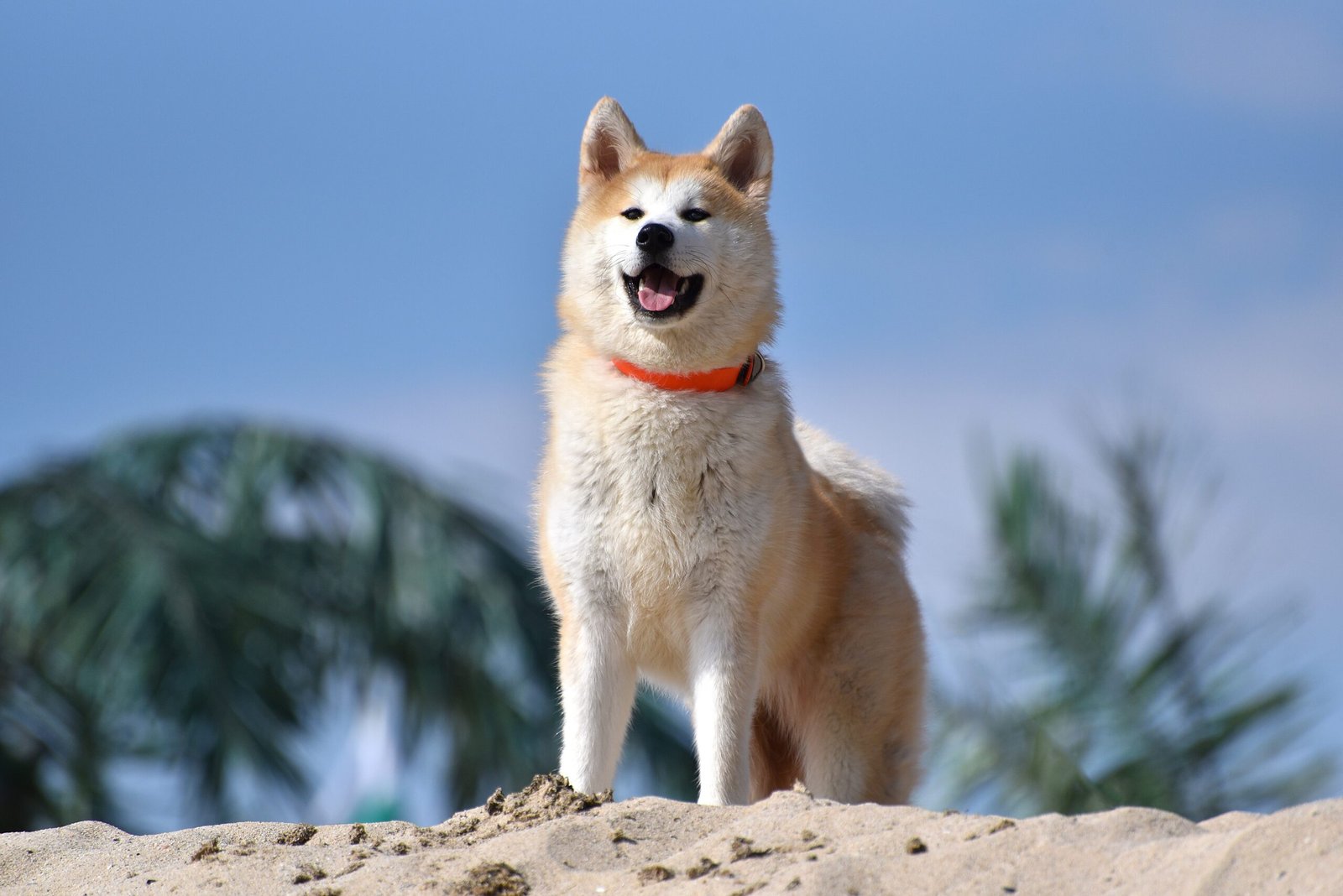
Akitas have an almost zen-like calm. They carry themselves with dignity and rarely bark or fuss, which makes them appear low-maintenance. However, Akitas are among the most challenging breeds when it comes to behavior. They are naturally dominant, strong-willed, and can be aggressive with other animals if not socialized properly from an early age.
This breed’s loyalty is legendary, but so is their stubbornness. Akitas may ignore commands, especially if they see no point in obeying. They require an owner who can assert gentle but firm leadership. Without it, an Akita can become territorial, overprotective, and difficult to handle in public spaces.
Shar Pei
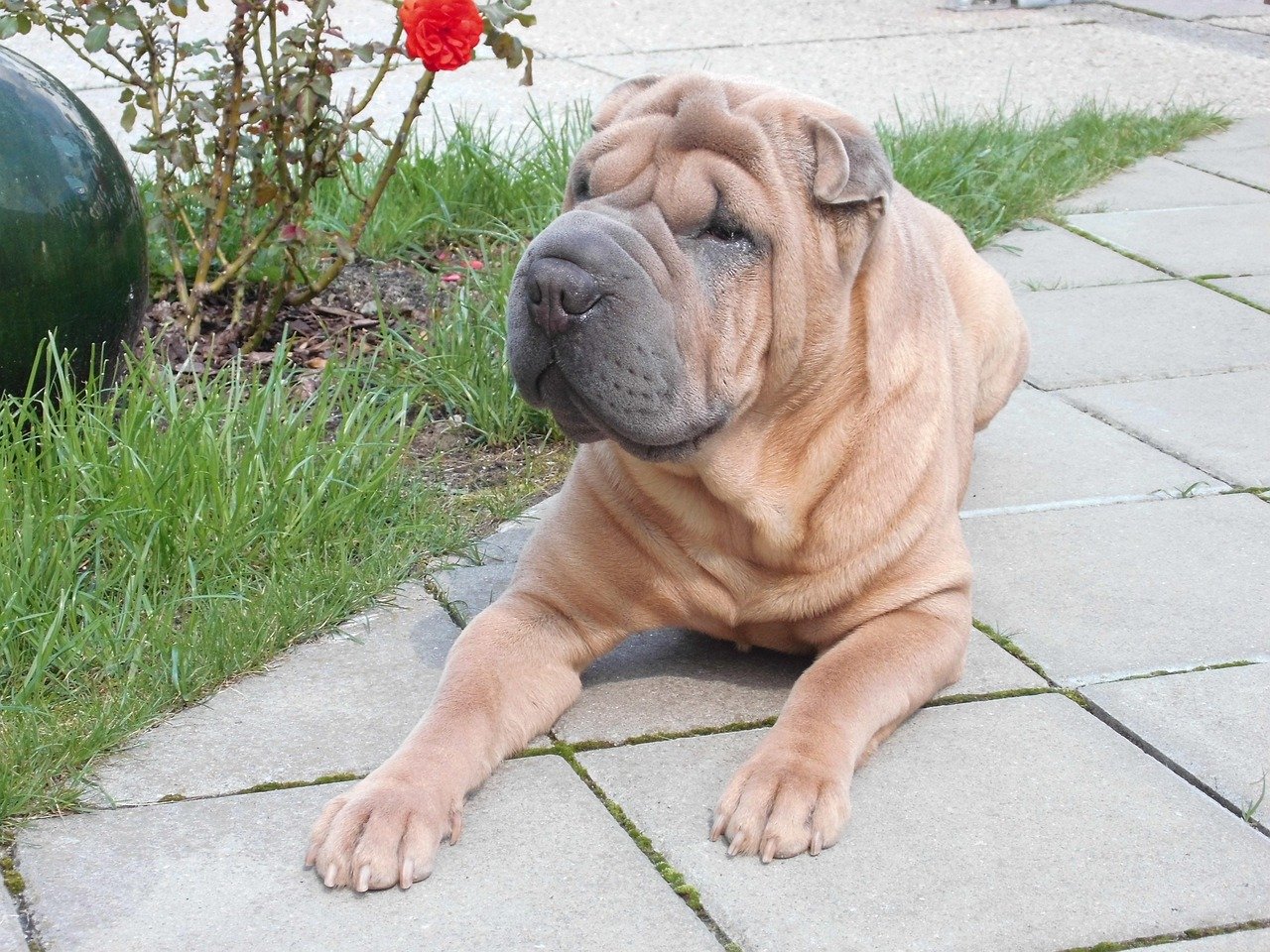
The wrinkly, stoic Shar Pei looks like a calm, unbothered companion. Their quiet nature makes them seem easy-going, but in reality, Shar Peis can be wary, suspicious, and incredibly stubborn. They are fiercely loyal to their family but may not tolerate strangers or other pets easily.
Shar Peis need early and consistent socialization to avoid developing aggressive or fearful behaviors. They can be challenging to train because they quickly get bored and are easily distracted. Owners often find themselves in a battle of wills when it comes to house rules, as Shar Peis prefer to do things their way, on their timeline.
Saint Bernard
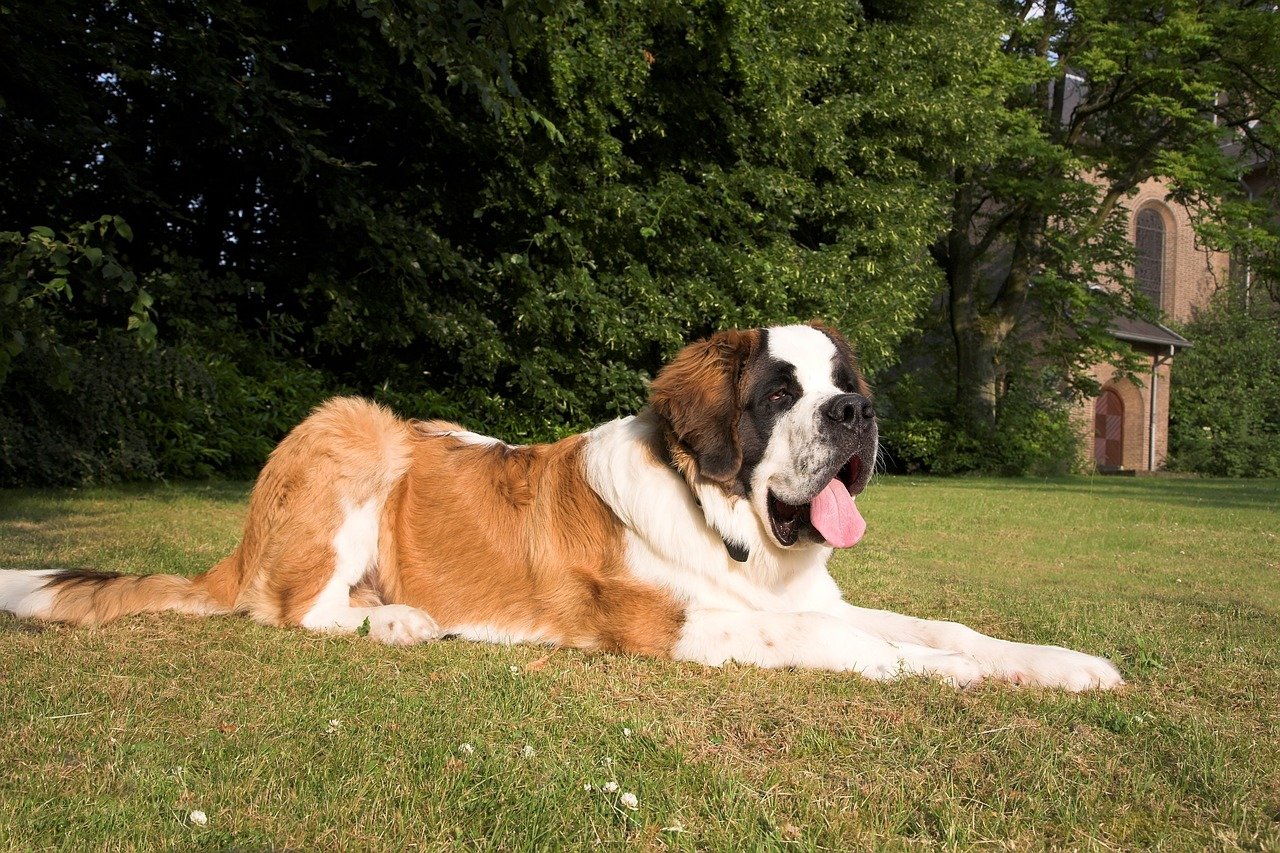
Saint Bernards are famous for their calm, gentle giant reputation. They move slowly and seem unfazed by chaos around them. But these massive dogs come with unique behavioral challenges. They can be stubborn and difficult to motivate, especially during training sessions that don’t interest them.
Saint Bernards are also prone to separation anxiety. If left alone for too long, they may become destructive or excessively vocal. Their size means any behavioral issue is multiplied—a bored Saint Bernard can easily knock over furniture or accidentally hurt someone while playing. They require patient, steady guidance and a lot of space to thrive.
Scottish Deerhound
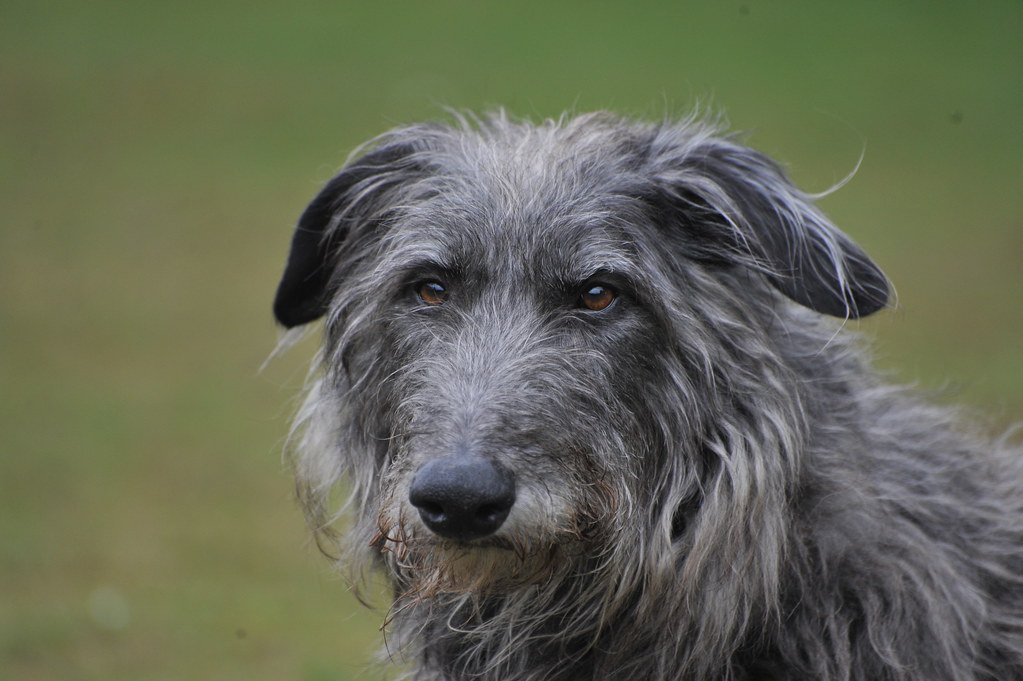
With their elegant build and serene presence, Scottish Deerhounds are often seen as gentle giants. They tend to lounge quietly at home, giving off an aura of calm. Yet, Deerhounds are sighthounds, and their prey drive is incredibly strong. If something small and fast catches their eye, they’re gone in a flash—ignoring all calls to return.
Deerhounds also struggle with recall and require secure, fenced spaces to run safely. Their independent nature makes training a challenge, as they easily lose interest if commands are repeated too often. Owners need to be creative and patient, using positive reinforcement to keep their Deerhound’s attention and channel their energy constructively.
Clumber Spaniel
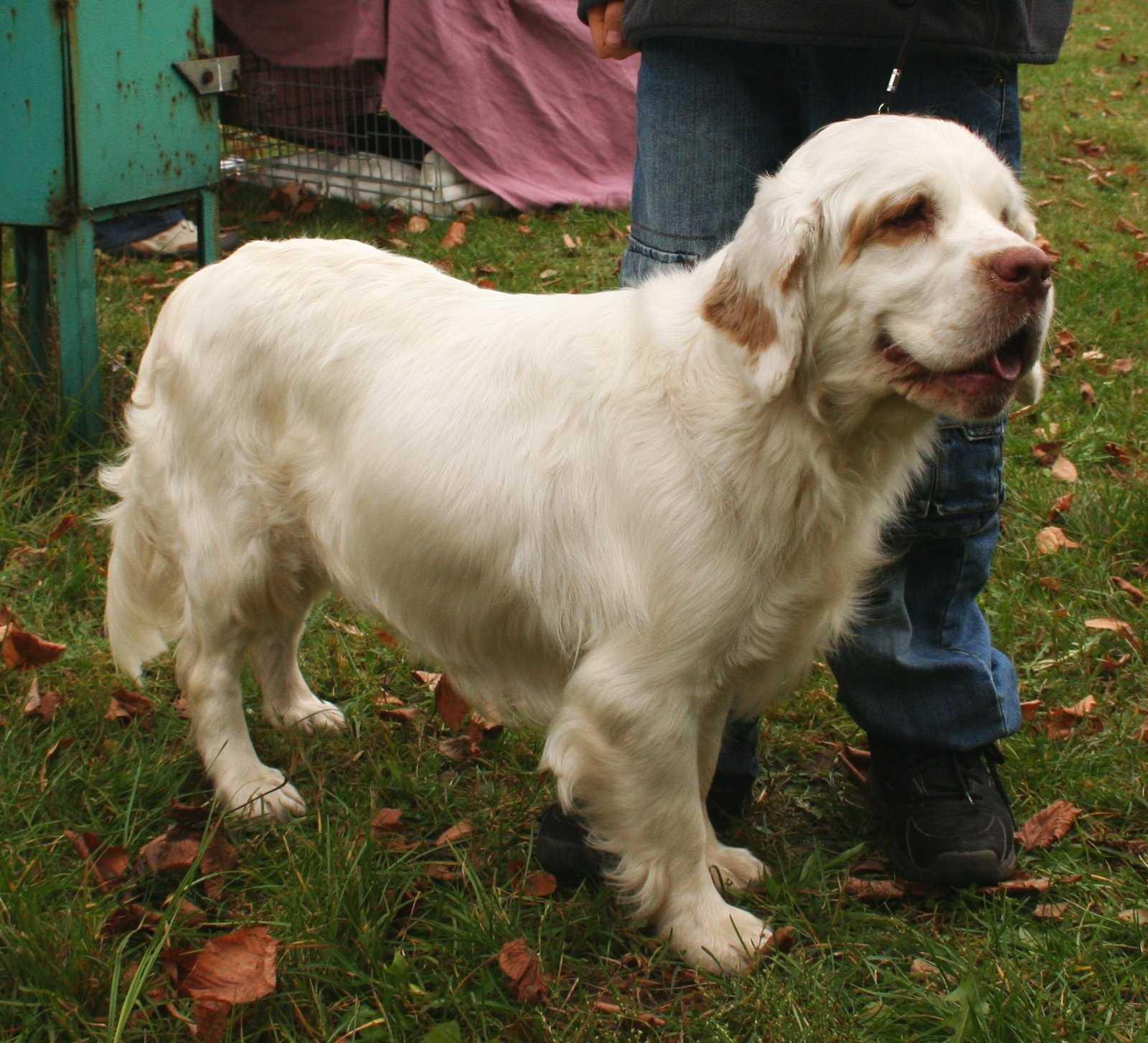
Clumber Spaniels look like the epitome of calm, shuffling around the house with a gentle, sleepy air. However, this breed hides a mischievous streak. They are known to be sneaky and will steal food off counters or get into the trash if given the chance. This stubbornness can make them a handful during training.
Clumber Spaniels are also prone to laziness, which can lead to weight gain and related behavioral issues. They need regular exercise, but motivating them can be an uphill battle. Owners often need to use creative games and rewards to keep their Clumber Spaniel engaged and out of trouble.
Cavalier King Charles Spaniel
Few breeds look as sweet and docile as the Cavalier King Charles Spaniel. Their big, pleading eyes and soft demeanor make them seem like the perfect family dog. But this breed is prone to separation anxiety, which can lead to excessive barking, chewing, or even depression if left alone for long periods.
Cavaliers are also people-pleasers, which means they may pick up on their owner’s stress or bad habits. They can become clingy or develop destructive behaviors if not given enough attention and structure. Training and socialization are essential, but their sensitivity means they need a gentle, patient approach.
At first glance, the ten dog breeds on this list may appear calm, gentle, or easygoing—but beneath that composed exterior can lie some serious behavioral challenges. From stubbornness and separation anxiety to intense guarding instincts, these dogs require thoughtful training, consistent boundaries, and experienced handling. Their hidden complexities don’t make them bad companions—just misunderstood ones. With the right knowledge and commitment, these breeds can become incredibly loyal and rewarding pets. The key is to look beyond appearances and be prepared for the kind of care that supports both their strengths and their struggles.

Born and bred in South Africa, a Capetonian at heart. Amy-Leigh’s love for nature and animals was inherited from her Dad. He loves taking the family on road trips to experience nature at its finest; Amy-Leigh’s favourite being whale watching in Hermanus and spotting Kudu along the West Coast. Amy-Leigh holds a BA in English Literature and Communication Studies.

